That eerie sensation strikes without warning. You walk into a room, engage in conversation, or witness a scene, when suddenly your mind floods with the unsettling certainty that this exact moment has happened before. Your rational brain knows it’s impossible, yet the feeling persists with startling intensity. This is déjà vu, and contrary to supernatural explanations that have captivated human imagination for centuries, modern neuroscience is finally unlocking its mysteries.
Recent breakthroughs in brain imaging, virtual reality research, and epilepsy studies have revolutionized our understanding of this phenomenon. Scientists no longer view déjà vu as a mystical experience or simple memory glitch. Instead, they’re discovering it’s a sophisticated neurological process that reveals fascinating insights about how your brain constructs reality, processes memories, and maintains cognitive control. Let’s dive into what researchers have uncovered about this captivating trick of the mind.
The Neurological Foundation: Your Brain’s Memory Networks
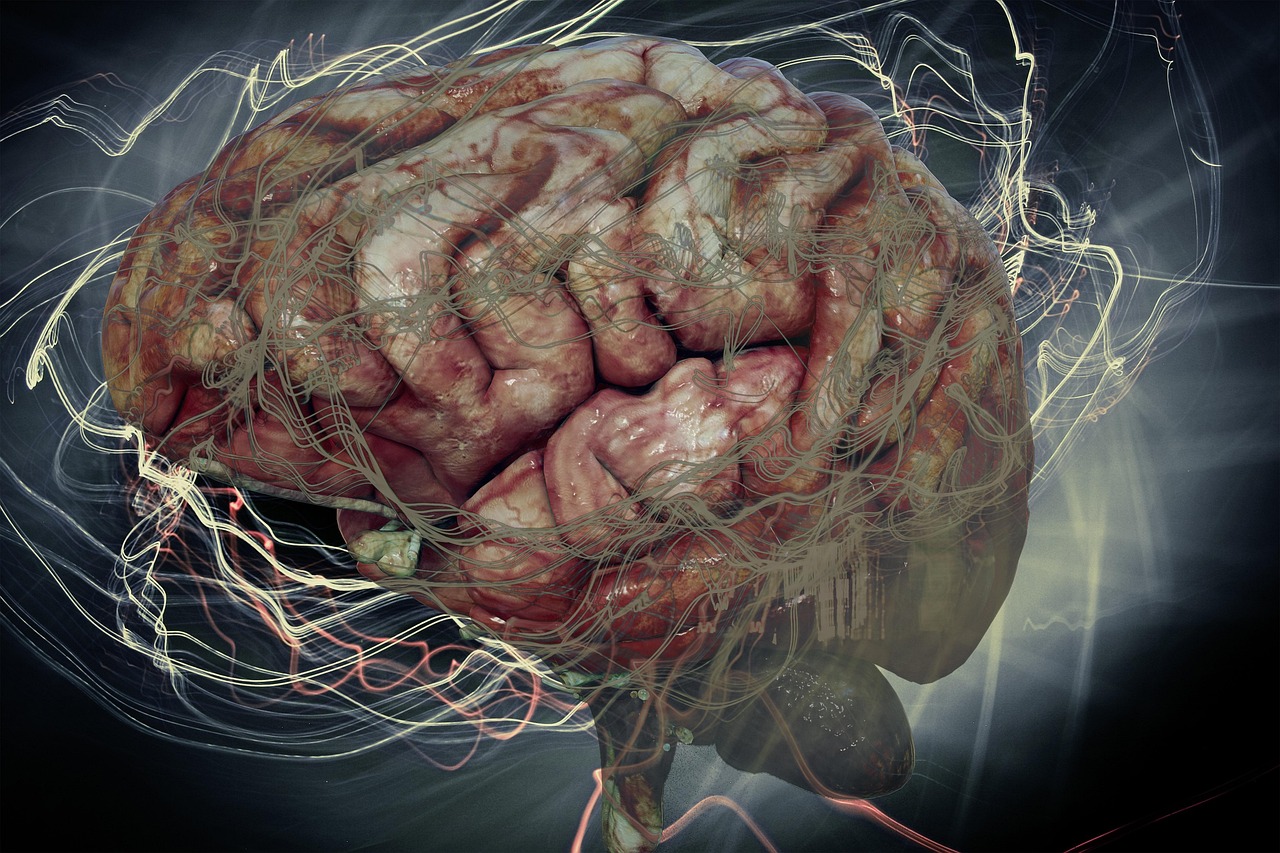
Research has implicated several key areas in the experience of déjà vu, including the hippocampus and temporal lobe, with neuroimaging studies pointing to specific brain regions like temporal lobes and hippocampus as central to memory circuitry and familiarity detection. The hippocampus, a structure located within the temporal lobe, plays a critical role in memory formation and retrieval. When you experience déjà vu, your brain isn’t malfunctioning – it’s actually demonstrating the incredible complexity of your memory systems.
Imaging shows that in people who experience déjà vu, the insular cortex activity increases, while other areas like the parahippocampal, hippocampal, temporal gyri, thalamus, caudate, and superior frontal regions may decrease in activation, compared to those who don’t experience it. These findings underscore the complexity: déjà vu is more than a glitch, it’s a misalignment across a network of memory, familiarity, and recognition circuits.
The Epilepsy Connection: Brain Stimulation Reveals Clues
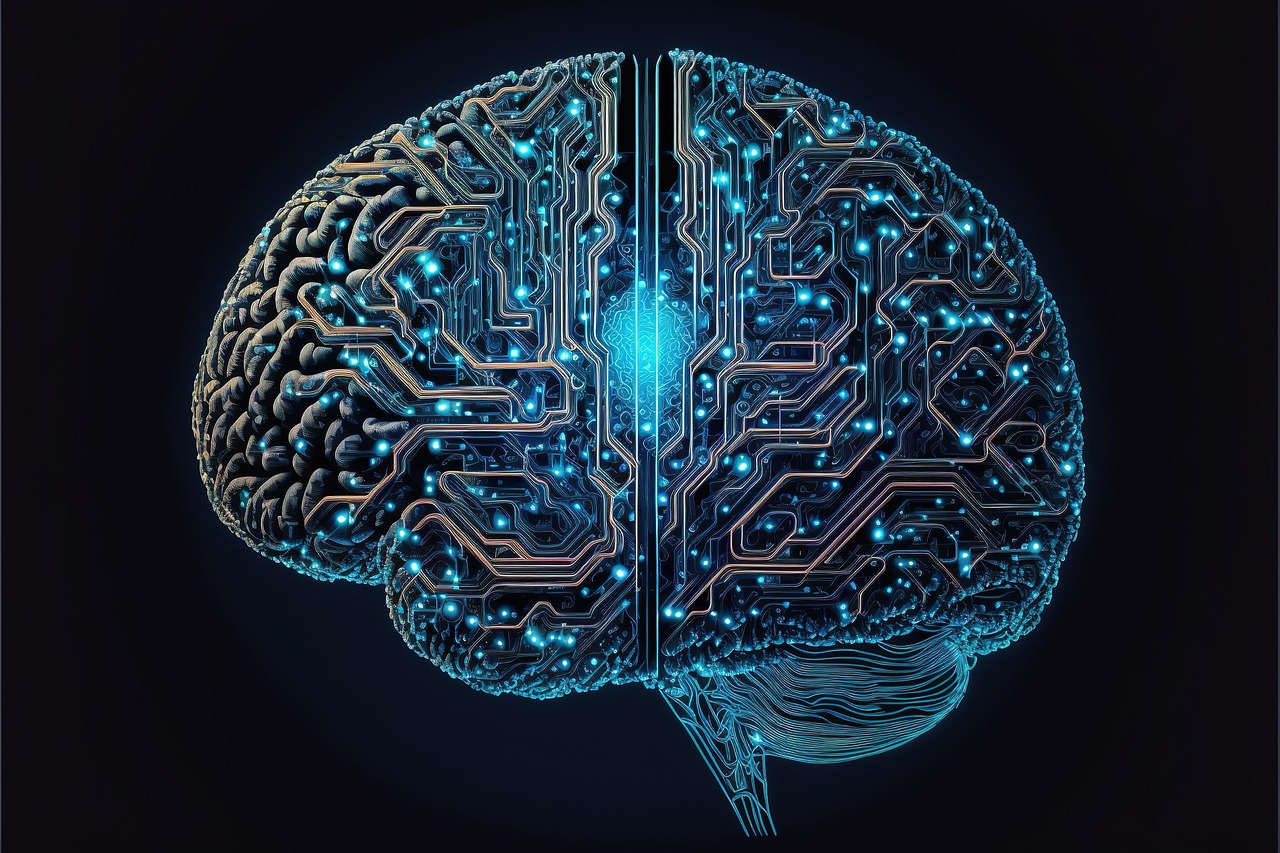
Clinical reports show that some patients who suffer from temporal lobe epilepsy report experiencing déjà vu, almost as a sort of warning, before an epileptic seizure event. This connection has provided researchers with unprecedented opportunities to study déjà vu in controlled laboratory settings. Studies of epileptic patients investigated via intracerebral electrodes demonstrate that stimulation of the rhinal cortex (such as the entorhinal and perirhinal cortices – structures involved in episodic memory and sensory processing) can actually induce a déjà vu episode.
Sixteen patients, all with seizures involving the temporal lobe, experienced the dreamy state either as a result of spontaneous seizures (nine dreamy states in six patients), or due to electrical stimulation (43 in 14) or to chemical activation (five in three), with déjà vu and hallucinations of scenes often evoked by different stimulations of the same electrode in the same patient. In epileptic patients investigated with intracerebral electrodes, déjà vu can be more readily induced by stimulation of the rhinal cortices (RCs) than the hippocampus.
Virtual Reality Breakthroughs: Creating Déjà Vu in the Lab
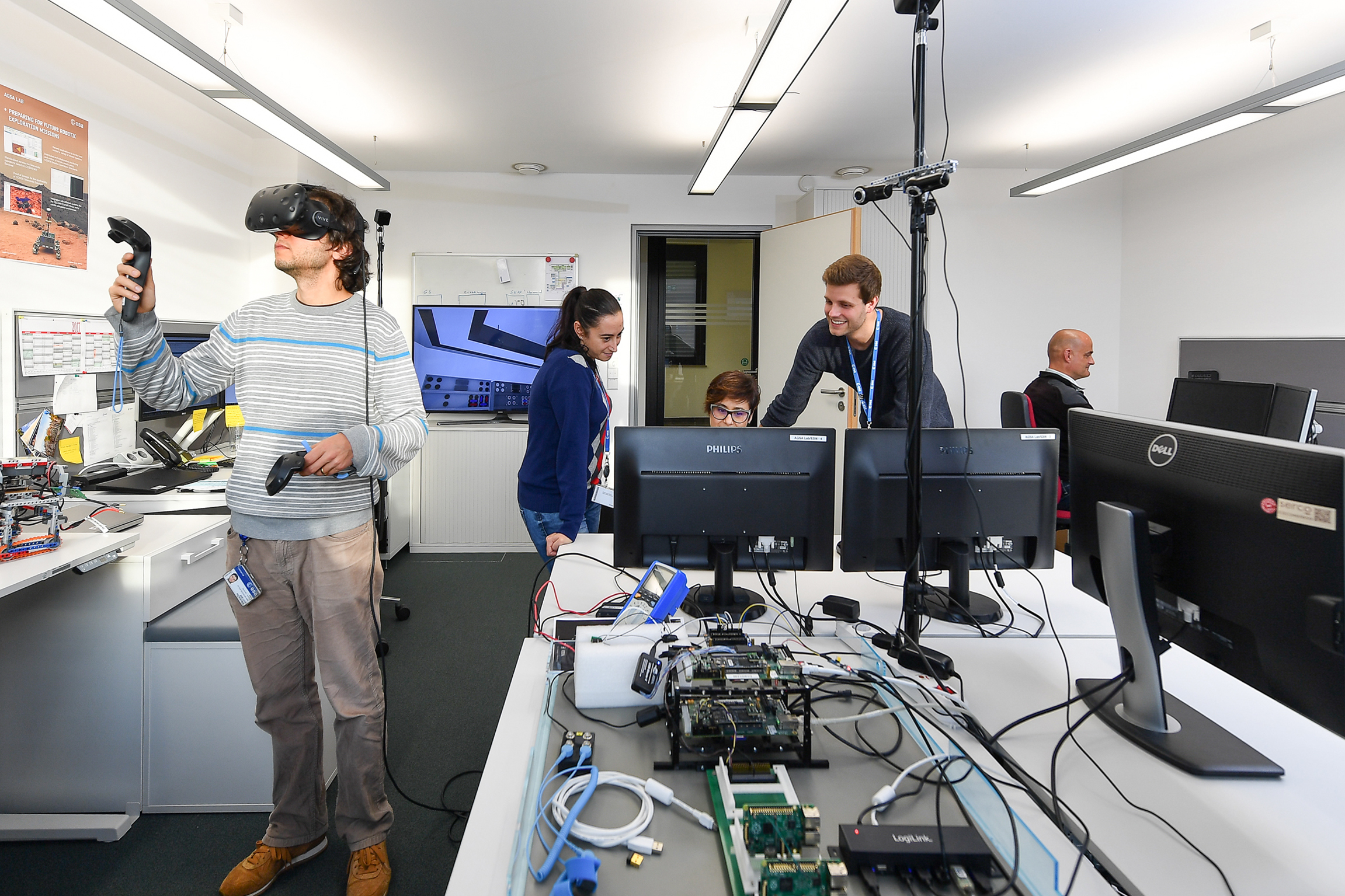
The study is the first ever to use virtual reality technology to model déjà vu in the laboratory. Anne Cleary, a cognitive psychologist at Colorado State University, has spent the last several years establishing déjà vu as a memory phenomenon, and in previously published research, Cleary and her research group created virtual reality scenarios using the Sims virtual world video game. Her groundbreaking experiments have fundamentally changed how scientists understand this phenomenon.
Subjects were more likely to report déjà vu among scenes that spatially mapped onto earlier witnessed scenes. People are more likely to report experiencing déjà vu if they are in a new scene that has the same spatial layout as a previous scene than if they are in a new scene that does not resemble a previously-viewed scene, such as research participants who were immersed in a courtyard scene and then later in a museum scene weren’t specifically reminded of the earlier courtyard while in the museum scene, yet had a feeling of familiarity about the museum because the location of the central potted plant relative to the bushes and plants in the courtyard was exactly the same as the location of the central statue relative to the benches and rugs in the museum.
The Spatial Layout Theory: When Architecture Triggers Memory

The Gestalt familiarity hypothesis suggests that déjà vu is elicited by familiarity with the arrangement of the elements within a scene, such as when visiting a friend’s home for the first time, one may have a strange sense of having been in that living room before. Perhaps the arrangement of the furniture in the new friend’s living room (e.g., the way that the couches, tables and lamps are arranged) maps onto an arrangement that was seen before, perhaps in the person’s doctor’s office waiting area. The inability to recall the doctor’s office waiting area as the source of this familiarity leads to the experience of déjà vu.
As predicted, déjà vu was more likely to happen when people were in a scene that contained the same spatial arrangement of elements as an earlier scene they viewed but didn’t recall. This research suggests that one contributing factor to déjà vu can be spatial resemblance of a new scene to one in memory that fails to be consciously called to mind at the moment. Your brain recognizes patterns in spatial configurations even when your conscious mind cannot identify the source of familiarity.
Memory Conflict: The Battle Between Familiarity and Novelty
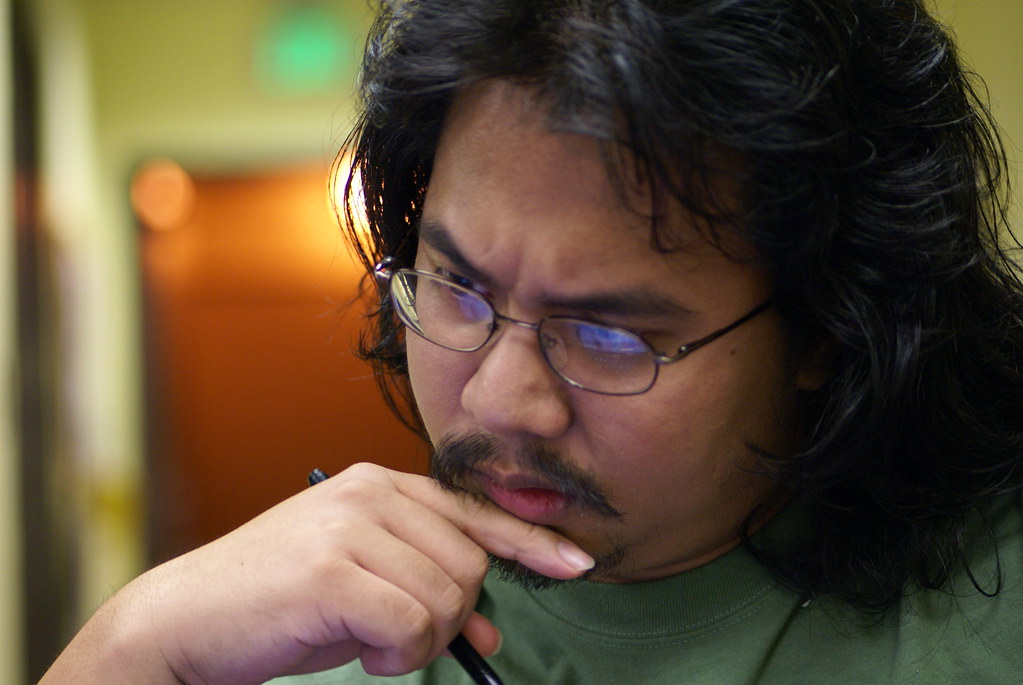
Déjà vu can be defined as conflict between a subjective evaluation of familiarity and a concurrent evaluation of novelty. This conflict theory represents one of the most compelling explanations for why déjà vu feels so strange and unsettling. According to researchers, déjà vu occurs when brain areas, such as the temporal lobe, send signals to the frontal decision-making regions, indicating that an experience is repeating itself. The frontal regions then evaluate the consistency of this signal with past experiences. If there is no prior experience, the realization of déjà vu occurs.
Experiencing déjà vu is probably a good thing for most people. It’s a sign that the fact-checking brain regions are working well, preventing you from misremembering events. Rather than being a malfunction, déjà vu demonstrates your brain’s sophisticated error-detection system in action, catching discrepancies between different memory processes before they lead to false memories.
The Dopamine Connection: Neurotransmitters and Familiarity Signals
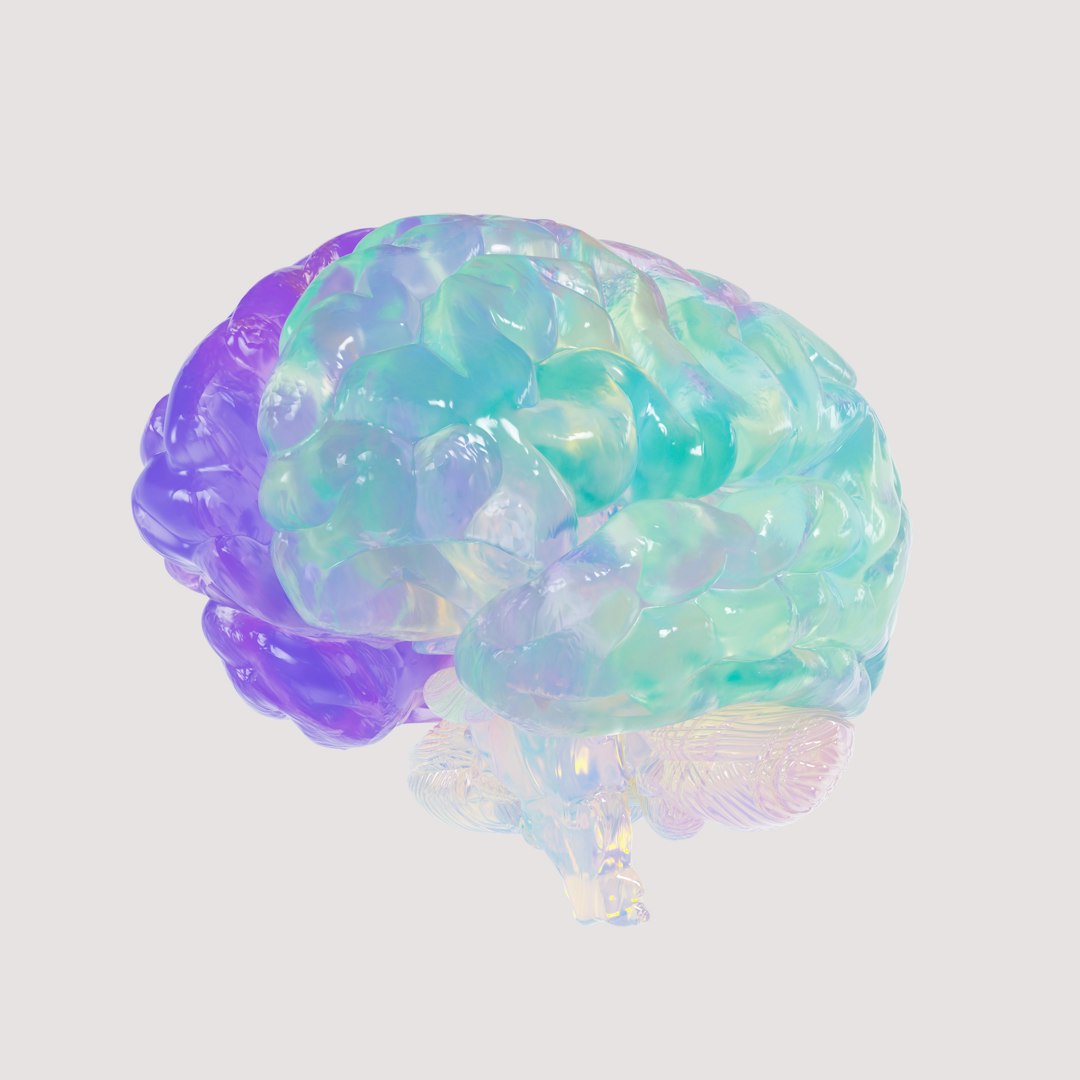
Dopamine, a neurotransmitter associated with signaling familiarity, also plays a role in déjà vu experiences. Dopamine is what’s called an excitatory neurotransmitter, and when we talk about the brain regions signaling familiarity, those neurons would have dopaminergic action. This may explain why drugs that affect dopamine levels, both recreational and medicinal, often induce elevated reports of déjà vu.
The dopamine system’s role in déjà vu reveals how chemical messengers in your brain influence subjective experiences. When dopaminergic pathways become overactive or disrupted, they can trigger the inappropriate familiarity signals that characterize déjà vu episodes. This neurochemical understanding has important implications for both healthy individuals and those taking medications that affect dopamine levels.
Environmental Triggers: Fatigue, Stress, and Neural Misfiring

Certain factors heighten the likelihood of experiencing déjà vu: Fatigue and stress: Exhausted brains show more misfiring, leading to more déjà vu episodes. When the brain is tired, its internal neuronal systems may struggle to regulate themselves, leading to a higher likelihood of misfirings and the sensation of déjà vu. When your brain is fatigued like this, your neuronal firing is more likely to be a bit off and result in déjà vu.
Understanding these environmental triggers helps explain why some people experience déjà vu more frequently during certain periods of their lives. College students often report higher rates of déjà vu, possibly due to irregular sleep patterns, high stress levels, and constant exposure to new environments that share spatial similarities with previously encountered locations.
Age Patterns: Why Youth Experiences More Déjà Vu

Age is another factor that influences the frequency of déjà vu experiences, as younger people tend to experience it more frequently than older individuals. Déjà vu occurs in approximately 60 to 80 percent of people – a phenomenon that’s almost always fleeting and may manifest at any time. Déjà vu is reported to occur in 60-70% of people, most commonly between the ages of 15 and 25.
Conflict monitoring functioning follows a similar age-related trajectory to déjà vu with a peak in young adulthood and a subsequent age-related decline. This age pattern suggests that déjà vu might be linked to the development and eventual decline of certain cognitive control mechanisms, particularly those involved in monitoring conflicts between different types of memory processes.
The Prediction Illusion: Why Déjà Vu Makes You Feel Psychic

Despite recent scientific advances, a remaining puzzle is the purported association between déjà vu and feelings of premonition. Building on research showing that déjà vu can be driven by an unrecalled memory of a past experience that relates to the current situation, researchers sought evidence of memory-based predictive ability during déjà vu states. According to their results, participants were no more likely to actually be able to tell the future than if they were blindly guessing.
However, déjà vu states were accompanied by increased feelings of knowing the direction of the next turn. The results suggest that feelings of premonition during déjà vu occur and can be illusory. Cleary and her team were intrigued to note that about half the respondents felt a strong premonition during déjà vu. This false sense of prediction might explain why déjà vu has historically been associated with supernatural or psychic phenomena.
Clinical Implications: From Healthy Experience to Pathological Condition
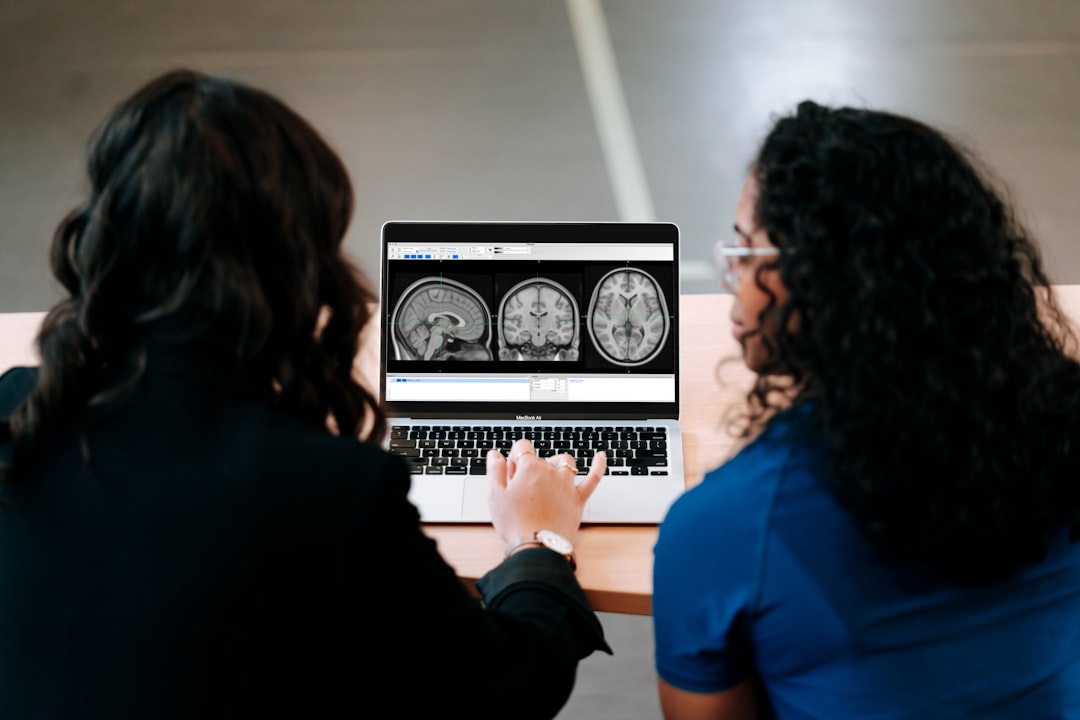
Persistent déjà vu (déjà vécu) may be distressing, linked to conditions like dementia. While occasional déjà vu experiences are completely normal and healthy, persistent or extremely frequent episodes can signal underlying neurological conditions. The prevalence of ictal déjà vu in epilepsy patients revealed a pooled proportion of 0.22, and the frequency of déjà vu in idiopathic generalized epilepsy ranged from 0 to 11 %, with an average of 3 %, compared to 19.6 % in temporal lobe epilepsy.
Healthcare professionals now recognize that the pattern and frequency of déjà vu experiences can provide valuable diagnostic information. Understanding the difference between normal déjà vu and pathological manifestations helps clinicians identify when this seemingly benign phenomenon might indicate more serious underlying conditions requiring medical attention.
Conclusion: The Science Behind the Mystery
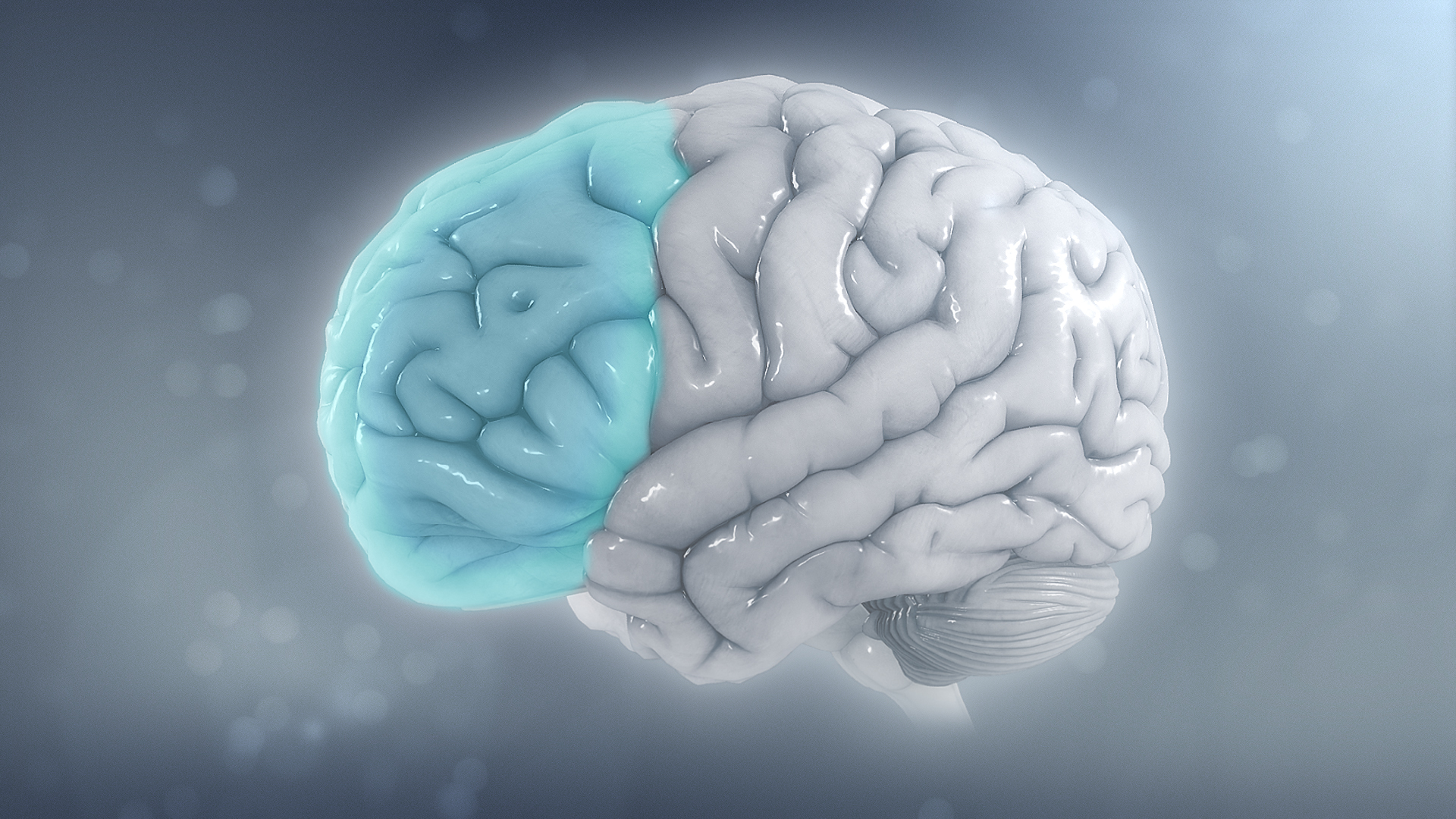
Modern neuroscience has transformed déjà vu from a mysterious phenomenon into a window for understanding how your brain processes memory, familiarity, and reality. Far from being supernatural or simply a memory glitch, déjà vu reveals the sophisticated mechanisms your brain uses to navigate the world, detect errors, and maintain cognitive control.
The research reveals that déjà vu emerges from complex interactions between multiple brain networks, involving spatial memory processing, conflict monitoring, and familiarity detection systems. Whether triggered by similar spatial layouts, neural misfiring from fatigue, or the intricate dance of neurotransmitters, these experiences demonstrate the remarkable complexity of human consciousness.
Perhaps most fascinating is that déjà vu might actually indicate a healthy, well-functioning brain – one capable of detecting discrepancies and preventing false memories. The next time you experience that uncanny feeling of reliving a moment, you’ll know you’re witnessing one of neuroscience’s most intriguing puzzles in action. What do you think about the science behind your own déjà vu experiences? Tell us in the comments.




